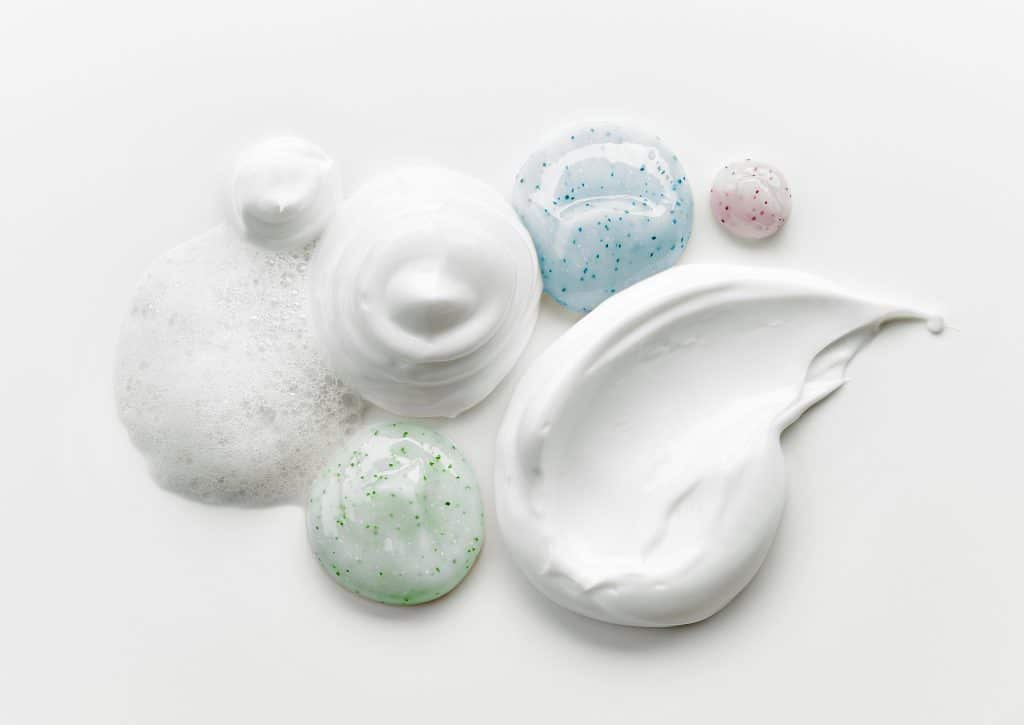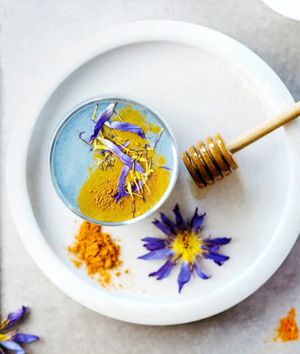Benzoyl Peroxide spells nostalgia for those of us who grew up with acne-prone skin. If you are a 90s kid, chances are that your first anti-acne cream contained this ingredient. It has been around for decades and has made its presence felt in everything from cleansers to over the counter acne treatments. Even today, when a new ingredient reigns the skincare aisles every month, a lot of us still swear by some good old Benzoyl Peroxide cream.
But do you know exactly how it works on acne? Is it an acid or an exfoliant? Is it anti-microbial or anti-inflammatory? Today I will tell you everything you need to about this popular skincare ingredient!
The Multi-Tasking Benefits Of Benzoyl Peroxide
Being a peroxide, Benzoyl Peroxide acts as an oxidizing agent. In layman terms, it releases oxygen when applied to the skin, which kills acne-causing bacteria. However, it goes above and beyond other peroxides due to its multi-tasking nature. Not only does it kill bacteria, it also has comedolytic and anti-inflammatory properties. Being a comedolytic, Benzoyl Peroxide helps to unclog pores. It prevents the formation of comedones, which are blemishes that appear on the skin when the pores are congested with oil and dirt. Also, due to its anti-inflammatory properties, it soothes inflamed and irritated skin.
Hence, this acne-fighting ingredient tackles three issues commonly associated with acne-prone skin, namely microbial infections, clogged pores, and inflammations. Moreover, its anti-bacterial properties make it a safer alternative to antibiotics. While the latter comes with the risk of antibiotic resistance that can cause health concerns, the former is relatively much safer to use. These properties have made Benzoyl Peroxide a popular ingredient for anti-acne formulations across the decades.
The Best Anti-Acne Ingredient For Everyone?
With so many anti-acne treatments out there, you must be wondering whether Benzoyl Peroxide is the right choice for your skin. The answer to this question lies in understanding what type of acne you suffer from. This anti-acne ingredient works best on blackheads, whiteheads and pustular acne. Blackheads and whiteheads are comedones that occur close to the skin’s surface. They can be visually identified as black or white congestion in the pores. Pustular acne, on the other hand, is marked by red, inflamed bumps with white tips at the end. If you suffer from these kinds of acne, Benzoyl Peroxide is the right ingredient for you. Those with deep-rooted, cystic acne can also benefit from the ingredient to some extent.
How Much Is Too Much?
Different skincare products come with different concentrations of Benzoyl Peroxide, largely ranging from 2.5-10%. So, is there such a thing as too much? Yes, there is! Treatments with close to 10% concentration can be drying and can also irritate the skin. The best strategy is to stick to 3-5% of Benzoyl Peroxide to enjoy its efficacy without irritating your skin. For rinse-off products, such as cleansers and scrubs, you can start with 4-5% Benzoyl Peroxide directly. For products that you must leave on your skin, such as creams and spot treatments, start with 2.5% Benzoyl Peroxide and gradually work your way up to 5%.
If you are suffering from severe acne and feel inclined to use a higher concentration, it is best to consult a dermatologist first.
The Right Way To Use Benzoyl Peroxide
It is not wise to incorporate Benzoyl Peroxide in every single skincare step all at once. If you are using a Benzoyl Peroxide cleanser, pair it with a gentle hydrator and if you are using a Benzoyl Peroxide cream, use a gentle cleanser with it. Basically, do not overdo it when it comes to using this ingredient because it has exfoliating properties and can dry out the skin.
Since it can be drying, it should be coupled with hydrating ingredients. Hyaluronic Acid and Niacinamide are some of the ingredients that work well on this front and manage to hydrate and soothe the skin. For best results, eliminate any comedogenic ingredients from your skincare routine and give Benzoyl Peroxide at least six weeks to work on your acne. It also increases the sensitivity of the skin, so using a sunscreen during the day is a must.
When Not To Use Benzoyl Peroxide
Benzoyl Peroxide is not recommended for pregnant women. Animal studies suggest that it is not safe to be used during pregnancy but no conclusive studies have been conducted on humans yet. Because of this, Benzoyl Peroxide comes with a Category C safety label. It is best avoided during pregnancy to be completely safe.
If you have extremely dry or sensitive skin, it might be an irritant or allergen for you. Try to avoid products containing high concentrations of the ingredient. Even with lower concentrations, always do a patch test! In case of any redness or rashes, stop using the product immediately and consult a dermatologist.
Also, mixing Retinol and Benzoyl Peroxide is not recommended because they negate each other’s efficacy. So, if you are already using retinol or a retinoid, do not add Benzoyl Peroxide to your regimen at the same time.
Will it Bleach My Skin?
Benzoyl Peroxide does have bleaching properties and can make your skin slightly lighter with prolonged use. Because of its bleaching properties, it is also not recommended to use the ingredient for scalp acne, because it can lighten the hair. It can also bleach your towels and stain your sink if not rinsed off properly. The best way to minimize the bleaching effects of the ingredient on the skin is to opt for rinse-off or low-concentration formulas.
To summarize, Benzoyl Peroxide is an excellent anti-acne ingredient due to its three-fold action on the skin. When used in low to medium concentration with gentle and hydrating ingredients, it can heal acne completely within 8-12 weeks. However, those with dry or sensitive skin should be a little wary while using the ingredient. Overall, if you use this ingredient in the right manner, it can work wonders on your acne. So, if you are struggling with persistent acne, perhaps it is time to give this age-old ingredient a shot!





